Ing and John traveled to Swansea, Wales, United Kingdom on September 25 – October 26, 2017.
Artwork at Newark Liberty Airport in the check in area of Air India.
On the Chinese New Year, one can see the festival and celebration from the Dragon Dancing Parade. The Chinese love the dragon symbol in red, which is a favorite color of the Chinese. This artwork reminded me of a Welsh dragon. We had some time left before we went into the gate for boarding. I enjoyed taking photographs of this artwork. We selected Air India because it was the most economical ticket fare and John loves Indian food, me too.
Ing-On Vibulbhan-Watts, Sunday, January 14, 2018
Artwork at Newark Liberty Airport, New Jersey, United States
Photograph by Ing-On Vibulbhan-Watts
Ing & John Traveled to Swansea, Wales, United Kingdom on September 25 – October 26, 2017.
We arrived in Newark Liberty Airport, Newark, New Jersey at about 5 p.m. on Monday 25, for checking in which started at 6:30 pm. We saw a scene of nice sunset sky outside area of Air India’s glass windows.
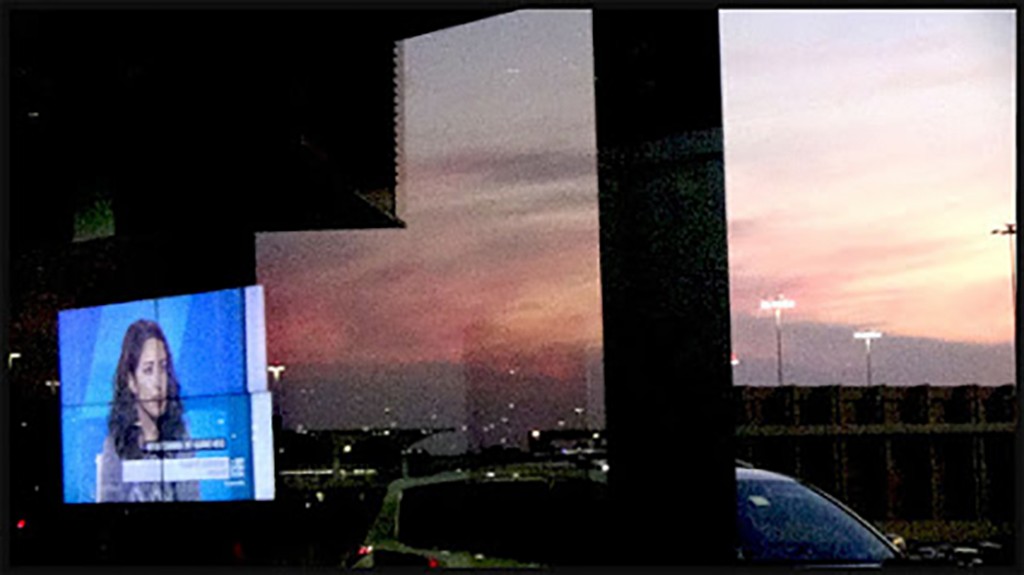 The reflection of the television screen appeared in the sunset sky of the scene looking out of Newark Liberty Airport, Newark in the check in area of Air India.
The reflection of the television screen appeared in the sunset sky of the scene looking out of Newark Liberty Airport, Newark in the check in area of Air India.
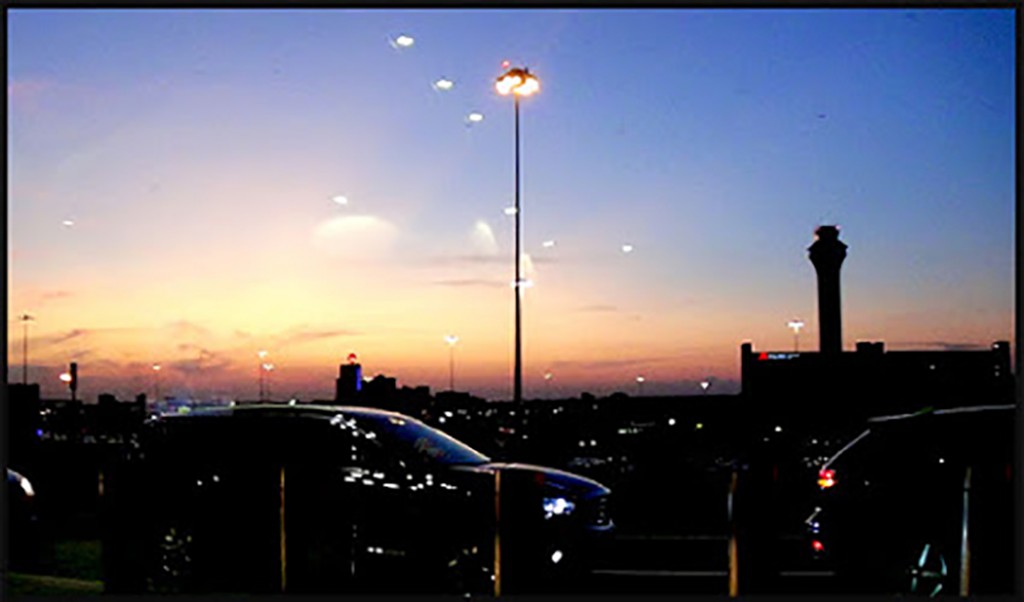 Beautiful Sunset Sky, the scene looking out of Newark Liberty Airport, in the check in area of Air India.
Beautiful Sunset Sky, the scene looking out of Newark Liberty Airport, in the check in area of Air India.
John and I were busy packing again. This time we were heading to Swansea, South Wales, the UK. John was born in Swansea, and most of his family lived there for most of their lives. “No Place Like Home”, it is John’s beloved country.
Ing & John Traveled to Swansea, Wales, United Kingdom on September 25 – October 26, 2017.
 The route from Newark Liberty Airport, Newark, New Jersey, USA To Heathrow, London, UK
The route from Newark Liberty Airport, Newark, New Jersey, USA To Heathrow, London, UK
We boarded and the airplane took off at about 10:30 p.m. The flight attendants started to serve the food and drinks, after our bellies were satisfied by Indian food, John enjoyed checking the movies and I enjoyed learning about flight information.
The airplane from Newark passed over Boston, Windsor, Bay Roberts, Montreal and crossed Atlantic Ocean heading to Amsterdam.
At one point, I opened the flight information. It showed that outside air temperature was -540 degrees Centigrade. I thought if any one drops out of the airplane; the body probably be frozen instantly.
“Heathrow Airport originated in 1929 as a small airfield (Great West Aerodrome) on land south-east of the hamlet of Heathrowfrom which the airport takes its name. At that time there were farms, market gardens and orchards there: there was a “Heathrow Farm” about where Terminal 1 is now, a “Heathrow Hall” and a “Heathrow House”. This hamlet was largely along a country lane (Heathrow Road) which ran roughly along the east and south edges of the present central terminals area.
Development of the whole Heathrow area as a very much larger airport began in 1944: it was stated to be for long-distance military aircraft bound for the Far East. But by the time the airfield was nearing completion, World War II had ended. The government continued to develop the airport as a civil airport; it opened as London Airport in 1946 and was renamed Heathrow Airport in 1966. The masterplan[clarification needed] for the airport was designed by Sir Frederick Gibberd, who designed the original terminals and central area buildings, including the original control tower and the multi-faith chapel of St George’s.”
For more information please visit the following link:
https://en.wikipedia.org/wiki/Heathrow_Airport
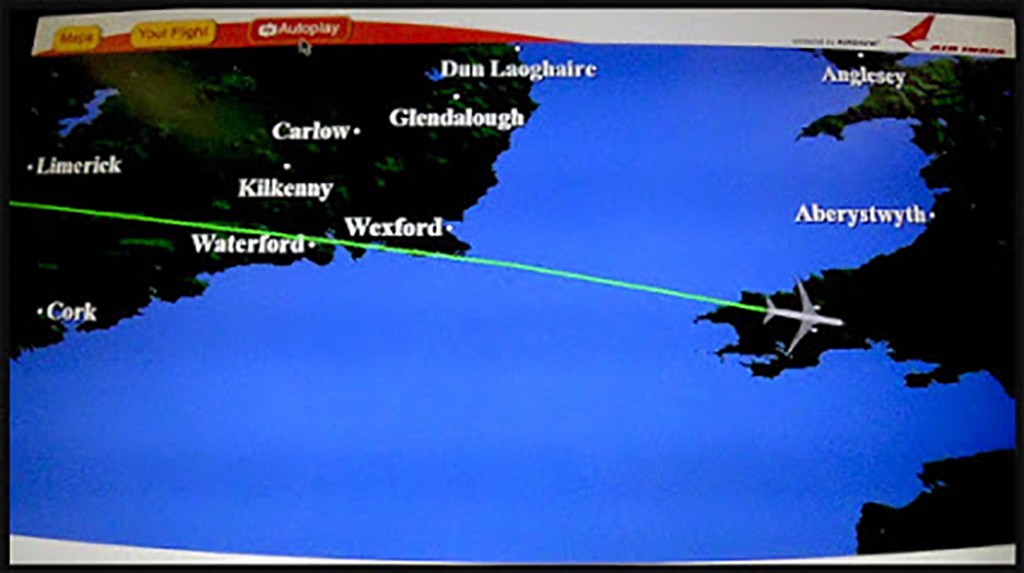 This flight information showed that the airplane passed through Waterford and Wexford of Island, crossed the Celtic sea passing over South Wales. John said “We should get off here then we do not have to go to Heathrow, London. Save us time and money to ride the bus for five hours from Heathrow to Swansea. For better or worse, we have to follow the system, it was the flight route. We finally reached to our destination, Heathrow Airport, London. The trip duration was about six hours.
This flight information showed that the airplane passed through Waterford and Wexford of Island, crossed the Celtic sea passing over South Wales. John said “We should get off here then we do not have to go to Heathrow, London. Save us time and money to ride the bus for five hours from Heathrow to Swansea. For better or worse, we have to follow the system, it was the flight route. We finally reached to our destination, Heathrow Airport, London. The trip duration was about six hours.
“Heathrow Airport is used by over 80 airlines flying to 185 destinations in 84 countries. The airport is the primary hub of British Airways and is a base for Virgin Atlantic. It has four passenger terminals (numbered 2 to 5) and a cargo terminal. Of Heathrow’s 73.4 million passengers in 2014, 93% were international travellers; the remaining 7% were bound for (or arriving from) places in the UK.[9] The busiest single destination in passenger numbers is New York, with over 3 million passengers flying between Heathrow and JFK Airport in 2013.[10]”
For more information please visit the following link:
https://en.wikipedia.org/wiki/Heathrow_Airport
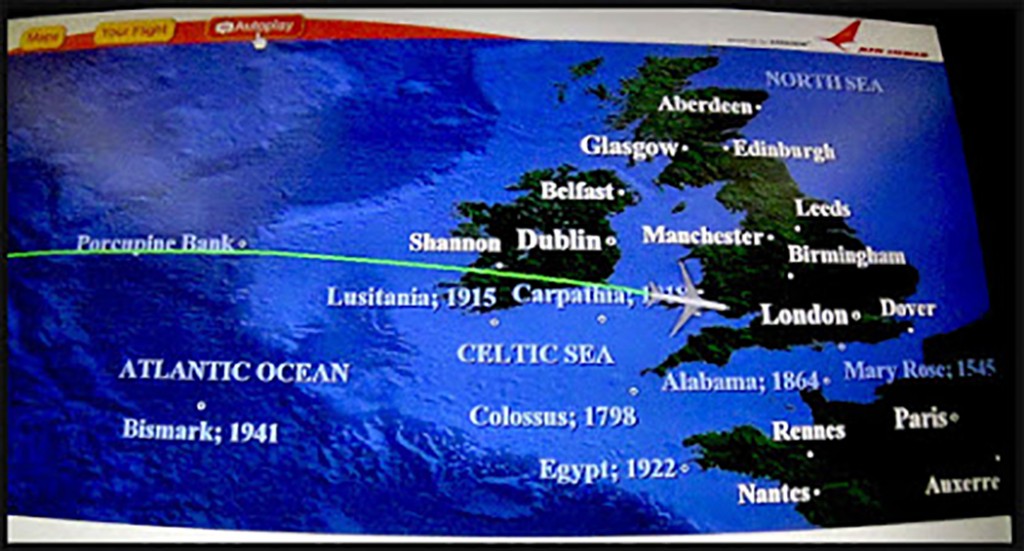 “Heathrow is 14 mi (23 km) west of central London,[3] near the south end of the London Borough of Hillingdon on a parcel of land that is designated part of the Metropolitan Green Belt. The airport is surrounded by the built-up areas of Harlington, Harmondsworth, Longford and Cranford to the north and by Hounslow and Hatton to the east. To the south lie Bedfont and Stanwell while to the west Heathrow is separated from Slough in Berkshire by the M25 motorway. Heathrow falls entirely under the TW postcode area.
“Heathrow is 14 mi (23 km) west of central London,[3] near the south end of the London Borough of Hillingdon on a parcel of land that is designated part of the Metropolitan Green Belt. The airport is surrounded by the built-up areas of Harlington, Harmondsworth, Longford and Cranford to the north and by Hounslow and Hatton to the east. To the south lie Bedfont and Stanwell while to the west Heathrow is separated from Slough in Berkshire by the M25 motorway. Heathrow falls entirely under the TW postcode area.
As the airport is west of London and as its runways run east–west, an airliner’s landing approach is usually directly over the conurbation of London when the wind is from the west.
Along with Gatwick, Stansted, Luton, Southend and London City, Heathrow is one of six airports with scheduled services serving the London area, although only Heathrow and London City are within Greater London.
Heathrow Airport (also known as London Heathrow)[2] (IATA: LHR, ICAO: EGLL) is a major international airport in London, United Kingdom. Heathrow is the second busiest airport in the world by international passenger traffic (surpassed by Dubai International in 2014), as well as the busiest airport in Europe by passenger traffic, and the seventh busiest airport in the world by total passenger traffic. In 2016, it handled a record 75.7 million passengers, a 1.0% increase from 2015.[1]
Heathrow lies 14 miles (23 km) west of Central London,[3] and has two parallel east–west runways along with four operational terminals on a site that covers 12.27 square kilometres (4.74 sq mi). The airport is owned and operated by Heathrow Airport Holdings, which itself is owned by FGP TopCo Limited, an international consortium led by Ferrovialthat also includes Qatar Holding LLC, Caisse de dépôt et placement du Québec, Government of Singapore Investment Corporation, Alinda Capital Partners, China Investment Corporation and Universities Superannuation Scheme (USS).[4] London Heathrow is the primary hub for British Airways and the primary operating base for Virgin Atlantic.
In September 2012, the UK government established the Airports Commission, an independent commission chaired by Sir Howard Davies to examine various options for increasing capacity at UK airports. In July 2015, the commission backed a third runway at Heathrow and the government”
For more information please visit the following link:
https://en.wikipedia.org/wiki/Heathrow_Airport
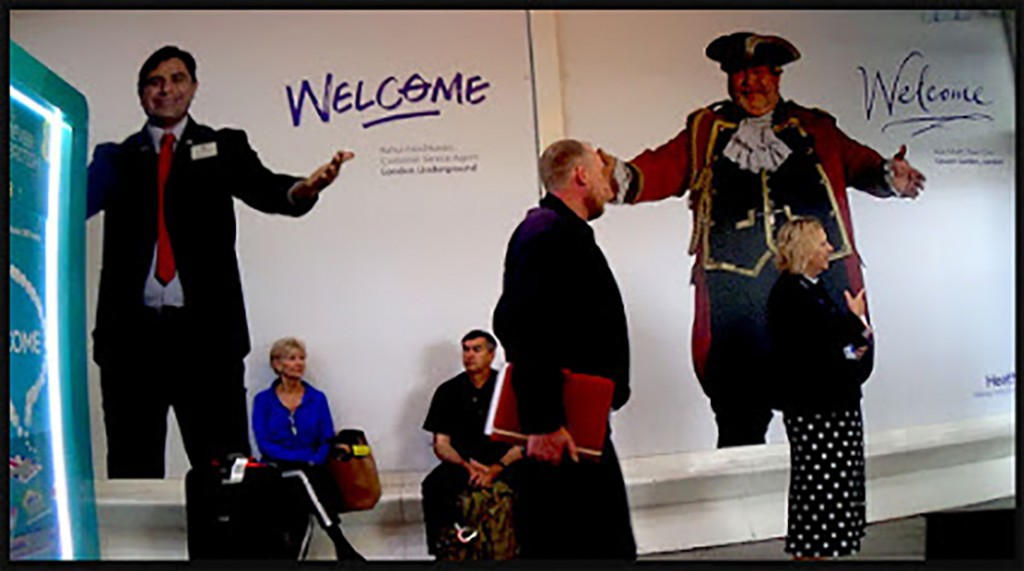 We took the elevator to the Bus Terminal where we saw the Welcome Posters. I wonder after the Brexit, if the British will still welcome foreigners.
We took the elevator to the Bus Terminal where we saw the Welcome Posters. I wonder after the Brexit, if the British will still welcome foreigners.
“Brexit (/?br?ks?t/ or /?br??z?t/) is the popular term for the prospective withdrawal of the United Kingdom (UK) from the European Union (EU).[1]
In a referendum on 23 June 2016, 51.9% of the participating UK electorate voted to leave the EU. On 29 March 2017, the British government invoked Article 50 of the Treaty on the European Union. The UK is thus on course to leave the EU on Friday, 29 March 2019.[2]
Prime Minister Theresa May announced that the UK would not seek permanent membership of the single market or the customs union after leaving the EU[3][4] and promised to repeal the European Communities Act of 1972 and incorporate existing European Union law into UK domestic law.[5] Negotiations with the EU officially started in June 2017.
The UK joined the European Communities in 1973,[6][7] with membership confirmed by a referendum in 1975. In the 1970s and 1980s, withdrawal from the EC was advocated mainly by Labour Party and trade union figures. From the 1990s, the main advocates of withdrawal were the newly founded UK Independence Party (UKIP) and an increasing number of Eurosceptic Conservatives.”
For more information please visit the following link:
https://en.wikipedia.org/wiki/Brexit
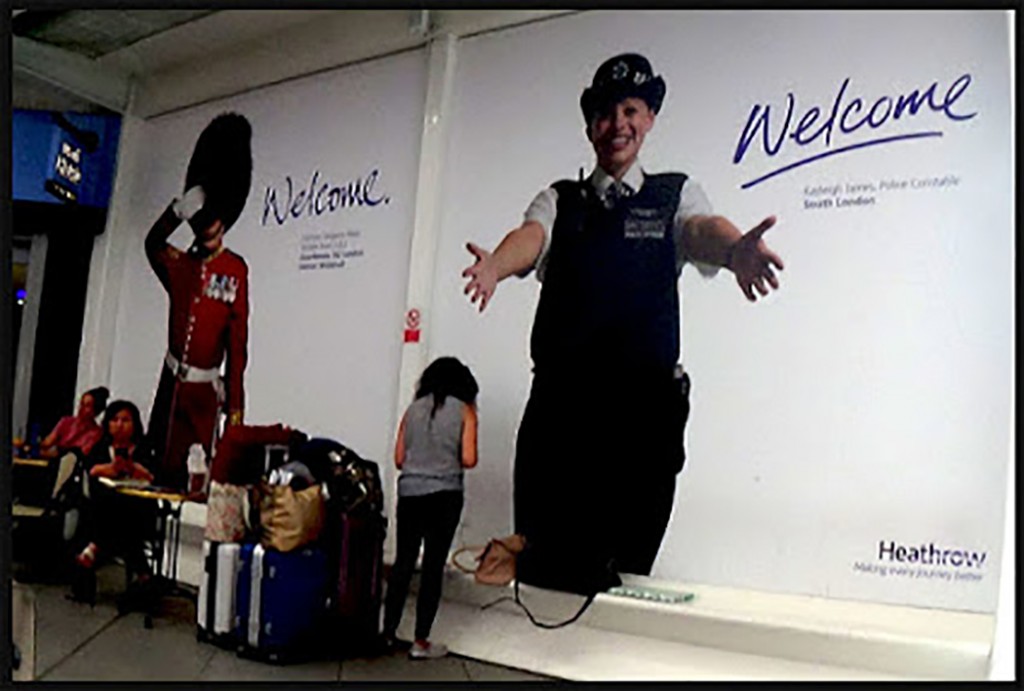 “Brexit Historical background
“Brexit Historical background
Main article: History of Britain’s relationship with the European Union
In 1951, the “Inner Six” European countries signed the Treaty of Paris establishing the European Coal and Steel Community (ECSC), followed shortly by the 1957 Treaties of Rome establishing the European Economic Community (EEC) and the European Atomic Energy Community (Euratom). In 1967, these became known as the European Communities (EC). The UK applied to join in 1963 and 1967, but was vetoed by the French President, Charles de Gaulle.[17] After de Gaulle relinquished the French presidency the UK successfully applied for membership and the Conservative prime minister Edward Heath signed the Treaty of Accession in 1972,[18]Parliament passed the European Communities Act later in the year[19] and the UK became a member of the EC on 1 January 1973 with Denmark and Ireland.[20]
The opposition Labour Party contested the October 1974 general election with a commitment to renegotiate Britain’s terms of membership of the EC and then hold a referendum on whether to remain in the EC on the new terms.[21] After Labour won the election the United Kingdom held its first ever national referendum on whether the UK should remain in the European Communities in 1975. Despite significant division within the ruling Labour Party[22] all major political parties and the mainstream press supported continuing membership of the EC. On 5 June 1975, 67.2% of the electorate and all but two[23] UK counties and regions voted to stay in[24] and support for the UK to leave the EC in 1975 appears unrelated to the support for Leave in the 2016 referendum.[25]”
For more information please visit the following link:
https://en.wikipedia.org/wiki/Brexit
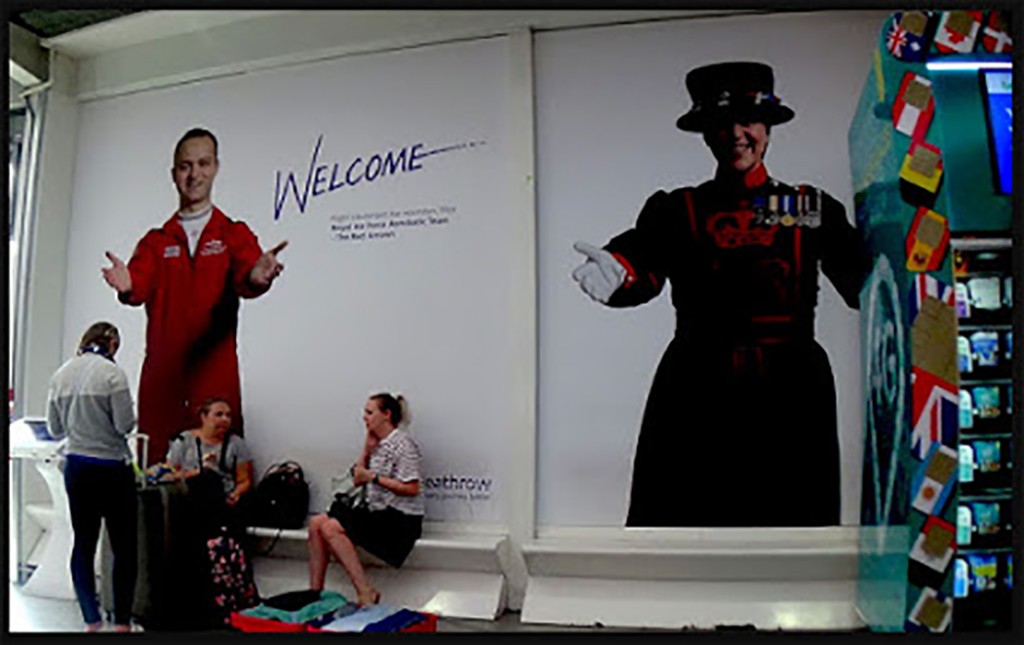 “Brexit: Comparison of results of 1975 and 2016 referendums
“Brexit: Comparison of results of 1975 and 2016 referendums
The Labour Party campaigned in the 1983 general election on a commitment to withdraw from the EC without a referendum[26] although after a heavy defeat Labour changed its policy.[26] In 1985 the Thatcher government ratified the Single European Act—the first major revision to the Treaty of Rome- without a referendum.
In October 1990, under pressure from senior ministers and despite Margaret Thatcher’s deep reservations, the United Kingdom joined the European Exchange Rate Mechanism (ERM), with the pound sterling pegged to the deutschmark. Thatcher resigned as Prime Minister the following month, amid Conservative Party divisions arising partly from her increasingly Eurosceptic views. The United Kingdom and Italy were forced to withdraw from the ERM in September 1992, after the pound sterling and the lira came under pressure (“Black Wednesday”).[27]
Under the Maastricht Treaty, the European Communities became the European Union on 1 November 1993,[28] reflecting the evolution of the organisation from an economic union into a political union.[29]”
For more information please visit the following link:
https://en.wikipedia.org/wiki/Brexit
We saw a lot of sparrows at the bus terminal welcoming the food given to them. Hopefully they were also welcoming us.
“Brexit: Consequences of withdrawal for the United Kingdom[edit]
Immigration[edit]
Long term[edit]
Immigration was cited as the second-most important reason for those voting to Leave. However, some forecasts indicate that immigration ?ows to the UK will remain relatively high after Brexit.[141] KPMG – based on a survey of 2,000 EU workers in UK – estimates that about a million of EU citizens working in the UK, see their future in Britain as over or hanging in the balance[142].
Immediate effects[edit]
Official figures in March 2017 indicated that EU immigration to the UK continued to exceed emigration, but the difference between immigration and emigration (“net migration”) had fallen to its lowest for three years.[143] The number of EU nurses registering with the NHS fell from 1,304 in July 2016 to 46 in April 2017.[144]
Economic effects[edit]
Main article: Economic effects of Brexit
During the referendum, the economic arguments were a major area of debate. Most economists, including the UK Treasury, argued that being in the EU has a strong positive effect on trade and as a result the UK’s trade would be worse off if it left the EU.[145][146] Others argued for the benefits of being free of EU “red tape” regulations and from going the full route of complete free trade. Additionally, not contributing to the EU budget would improve the budget and allowing tax cuts or higher government spending.[147]
After the referendum, the Institute for Fiscal Studies published a report funded by the Economic and Social Research Council which warned that Britain would lose up to £70 billion in reduced economic growth if it didn’t retain Single Market membership, with new trade deals unable to make up the difference.[148] One of these areas is financial services, which are helped by EU-wide “passporting” for financial products, which the Financial Times estimates indirectly accounts for up to 71,000 jobs and 10 billion pounds of tax annually,[149] and some banks have announced plans to relocate some of their operations outside the UK.[150]
On 5 January 2017, Andy Haldane, the Chief Economist and the Executive Director of Monetary Analysis and Statistics at the Bank of England, admitted that forecasts predicting an economic downturn due to the referendum were inaccurate and noted strong market performance after the referendum,[151][152][153] although some have pointed to prices rising faster than wages.[154]
Brexit requires relocating the offices and staff of the European Medicines Agency and European Banking Authority, currently based in London.[155] The EU is also investigating the feasibility of restricting the clearing of euro-denominated trades to Eurozone jurisdictions, attempting to end London’s dominance in this sector.[156]
Effect on academic research[edit]
Main article: Brexit and arrangements for science and technology
The UK received more from the EU for research than it contributed[157] with universities getting just over 10% of their research income from the EU.[158] All funding for net beneficiaries from the EU, including universities, was guaranteed by the government in August 2016.[159] Before the funding announcement, a newspaper investigation reported that some research projects were reluctant to include British researchers due to uncertainties over funding.[160]
Currently the UK is part of the European Research Area and the UK is likely to wish to remain an associated member.[161]
Scotland[edit]
As predicted before the referendum,[162] the Scottish Government announced that officials were planning a second independence referendum on the day after the UK voted to leave and Scotland voted to stay.[163] In March 2017, the SNP leader and First Minister Nicola Sturgeon requested a second Scottish independence referendum for 2018 to 2019 (before Brexit is expected to take effect).[164] The Prime Minister immediately rejected the requested timing (although not the referendum itself).[165] The referendum was approved by the Scottish Parliament on 28 March 2017. Sturgeon is calling for a “phased return” of an independent Scotland back to the EU.[166]
After the referendum, Nicola Sturgeon also stated that Scotland might refuse consent for legislation required to leave the EU,[167] though some lawyers argue that Scotland cannot block Brexit.[168]
International agreements[edit]
The Financial Times approximates there to be 759 international agreements, spanning 168 non-EU countries, that the UK would no longer be a party to upon leaving the EU.[169] This figure does not include World Trade Organisation or United Nations opt-in accords, and excludes “narrow agreements”, which may have to be renegotiated as well.[169]
Options for continuing relationship with the EU[edit]
Main article: Continuing UK relationship with the EU
The UK’s post-Brexit relationship with the remaining EU members could take several forms. A research paper presented to the UK Parliament in July 2013 proposed a number of alternatives to membership which would continue to allow access to the EU internal market. These include remaining in the European Economic Area,[170]negotiating deep bilateral agreements on the Swiss model,[170] or exit from the EU without EEA membership or a trade agreement under the WTO Option. There may be an interim deal between the time the UK leaves the EU and when the final relationship comes in force.
Relations with the Republic of Ireland[edit]
The UK/Republic of Ireland border at Killeen marked only by a speed sign marked in km/h
The Republic of Ireland, Northern Ireland and the United Kingdom as a whole share, since the 1920s, a Common Travel Areawithout border controls. According to statements by Theresa May and Enda Kenny, it is intended to maintain this arrangement.[171] After Brexit, in order to prevent illegal migration across the open Northern Irish land border into the United Kingdom, the Irish and British governments suggested in October 2016 a plan whereby British border controls would be applied to Irish ports and airports. This would prevent a “hard border” arising between the Republic of Ireland and Northern Ireland.[172]However, this agreement was never official and was met by opposition from political parties in the Republic of Ireland,[173] and there is still great uncertainty in relation to a ‘hard border’ between the Republic and Northern Ireland.[174]
On 23 March 2017, it was confirmed that British immigration officials would not be allowed to use Irish ports and airports in order to combat immigration concerns following Brexit.[175] A referendum for the reunification of Ireland was suggested by Sinn Féin leader Martin McGuinness immediately after the UK EU referendum results were announced.[176] Creating a border control system between Ireland and Northern Ireland could jeopardise the Good Friday Agreement established in 1998.[177] In April 2017 the European Council agreed that, in the event of Irish reunification, Northern Ireland would rejoin the EU.[178]
Border with France[edit]
The President of the Regional Council of Hauts-de-France, Xavier Bertrand, stated in February 2016 that “If Britain leaves Europe, right away the border will leave Calais and go to Dover. We will not continue to guard the border for Britain if it’s no longer in the European Union,” indicating that the juxtaposed controls would end with a leave vote. French Finance Minister Emmanuel Macron also suggested the agreement would be “threatened” by a leave vote.[179] These claims have been disputed, as the Le Touquet 2003 treaty enabling juxtaposed controls was not an EU treaty, and would not be legally void upon leaving.[180]
After the Brexit vote, Xavier Bertrand asked François Hollande to renegotiate the Touquet agreement,[181] which can be terminated by either party with two years’ notice.[182] Hollande rejected the suggestion, and said: “Calling into question the Touquet deal on the pretext that Britain has voted for Brexit and will have to start negotiations to leave the Union doesn’t make sense.” Bernard Cazeneuve, the French Interior Minister, confirmed there would be “no changes to the accord”. He said: “The border at Calais is closed and will remain so.”[183]
Gibraltar and Spain[edit]
Main article: Gibraltar after Brexit
During the campaign leading up to the referendum[184] the Chief Minister of Gibraltar warned that Brexit posed a threat to Gibraltar’s safety.[185] Gibraltar overwhelmingly voted to remain in the EU. After the result Spain’s Foreign Minister renewed calls for joint Spanish–British control of the peninsula.[186] These calls were strongly rebuffed by Gibraltar’s Chief Minister[187] and questions were raised over the future of free-flowing traffic at the Gibraltar–Spain border.[188] The British government states it will only negotiate on the sovereignty of Gibraltar with the consent of its people.[189]”
For more information please visit the following link:
https://en.wikipedia.org/wiki/Brexit

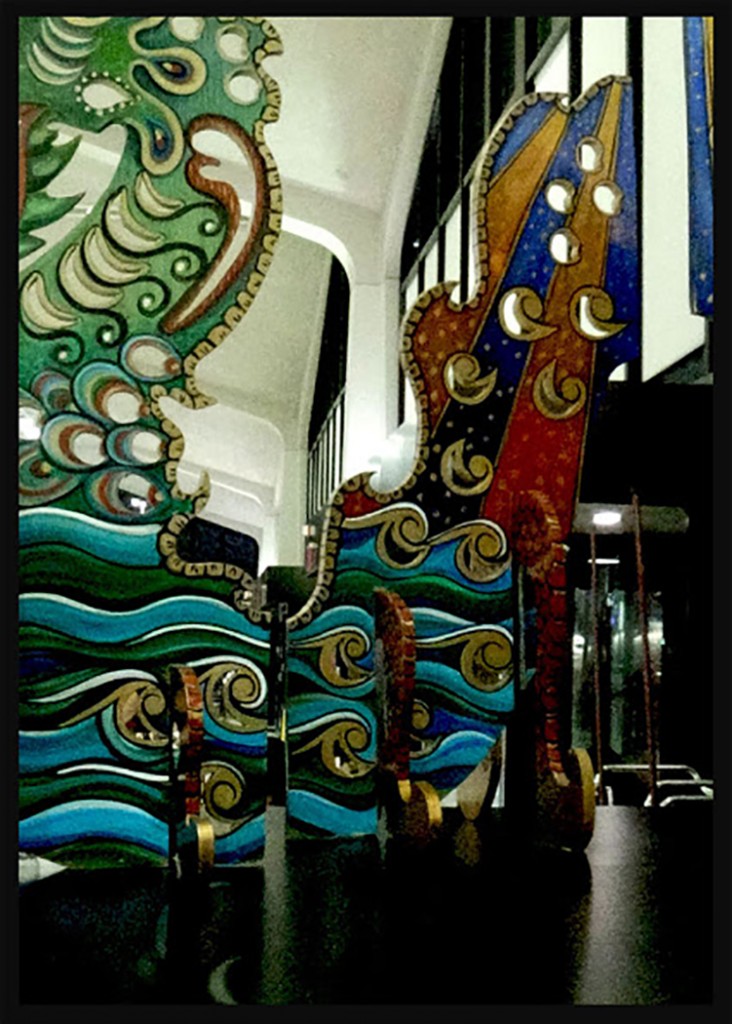

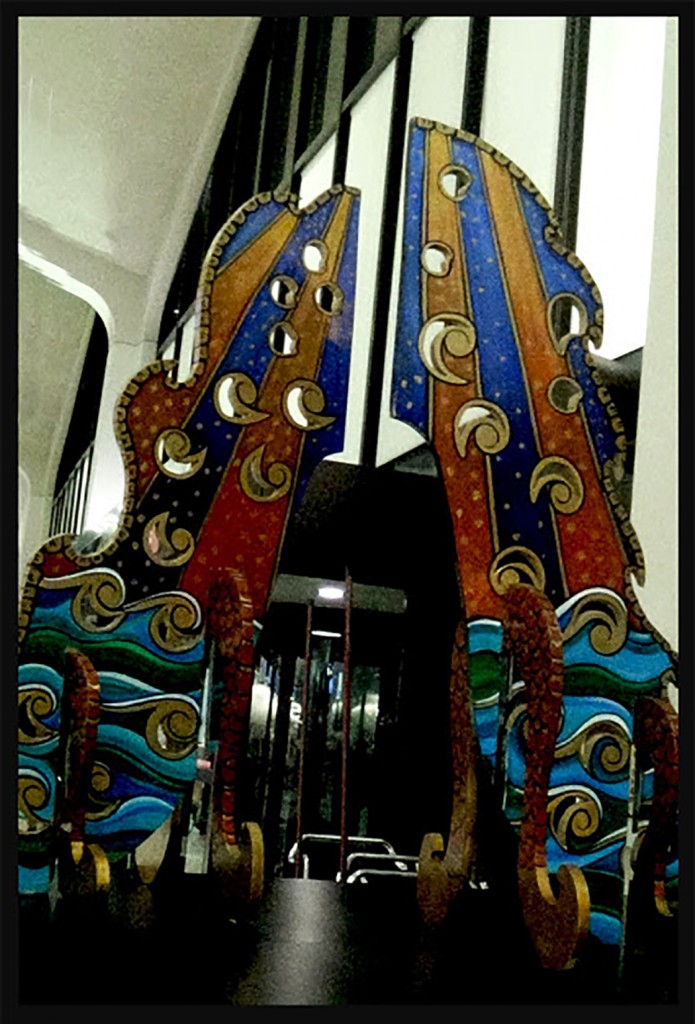
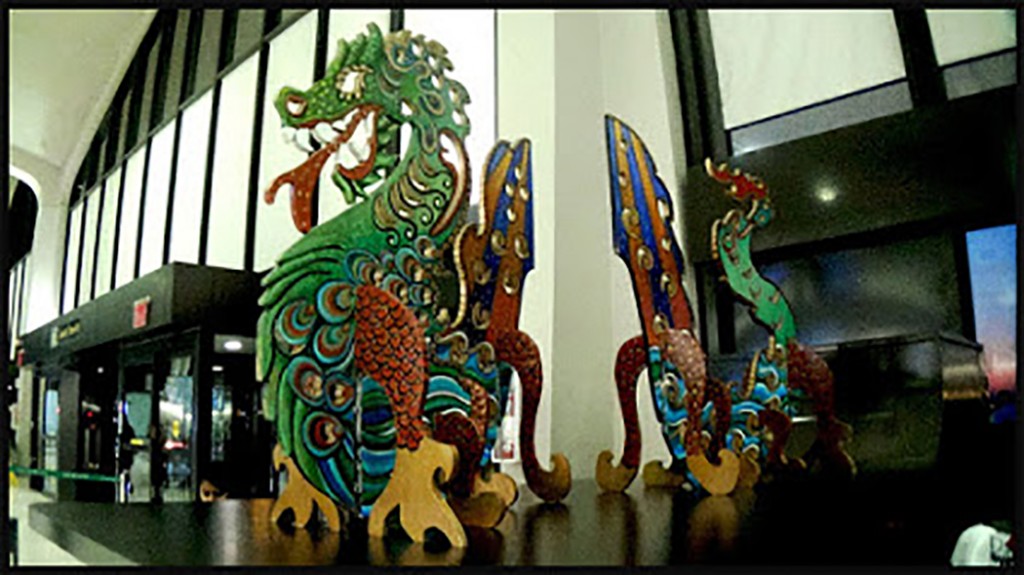
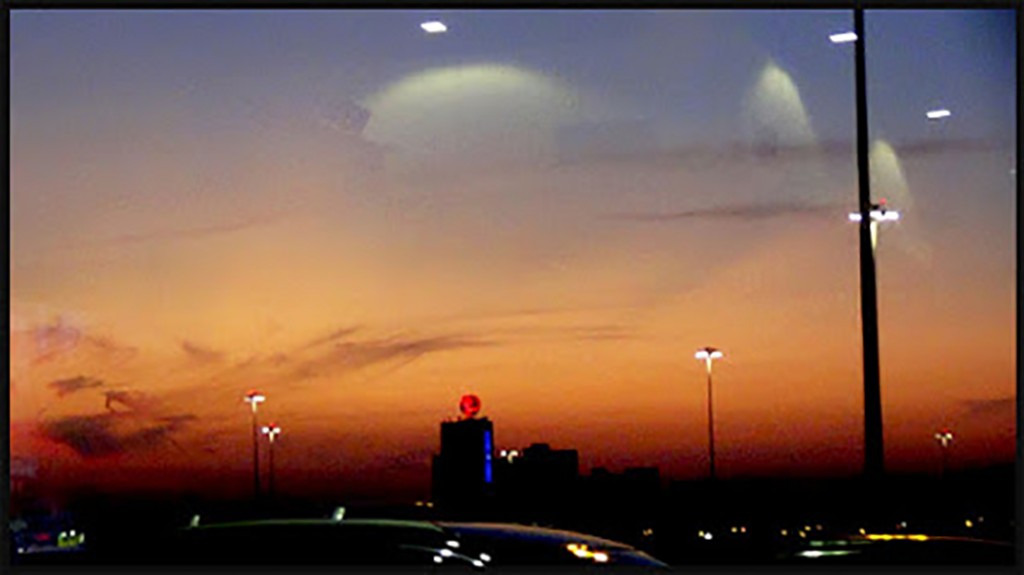
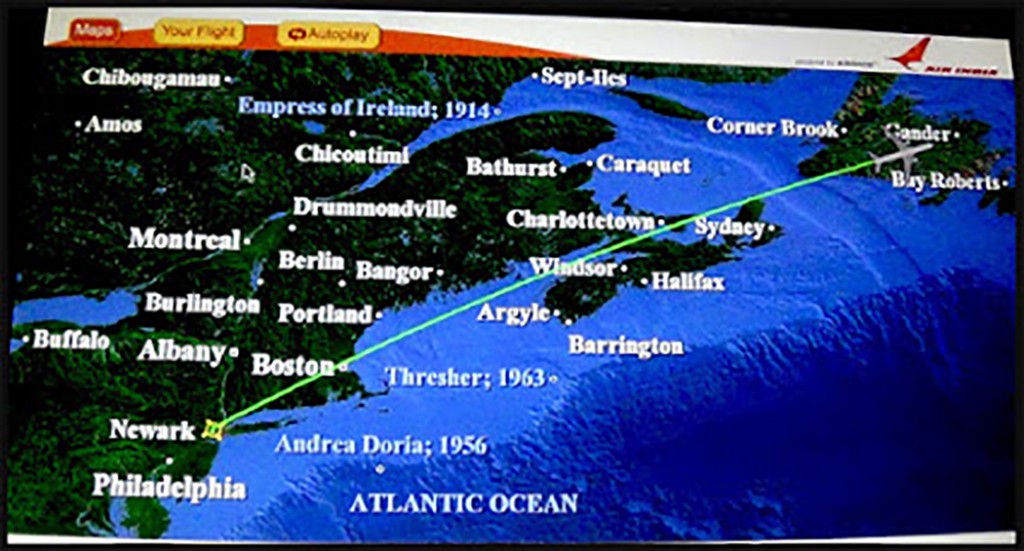
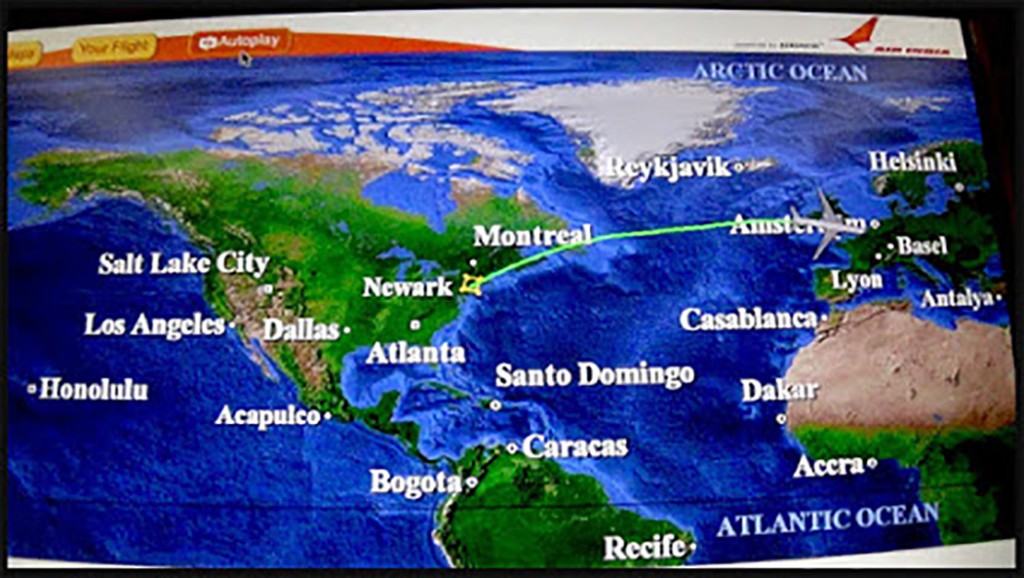
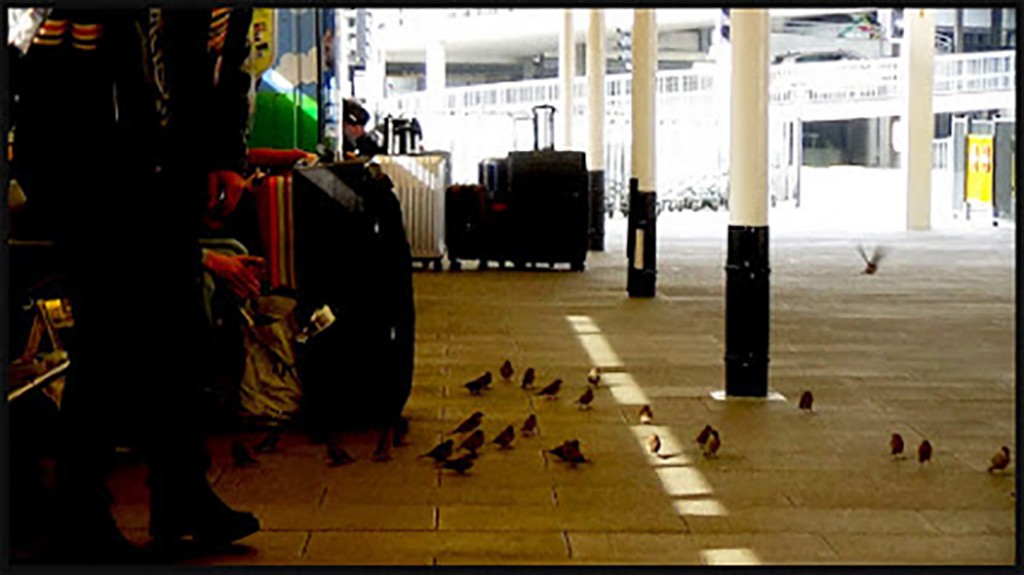
Leave a Reply